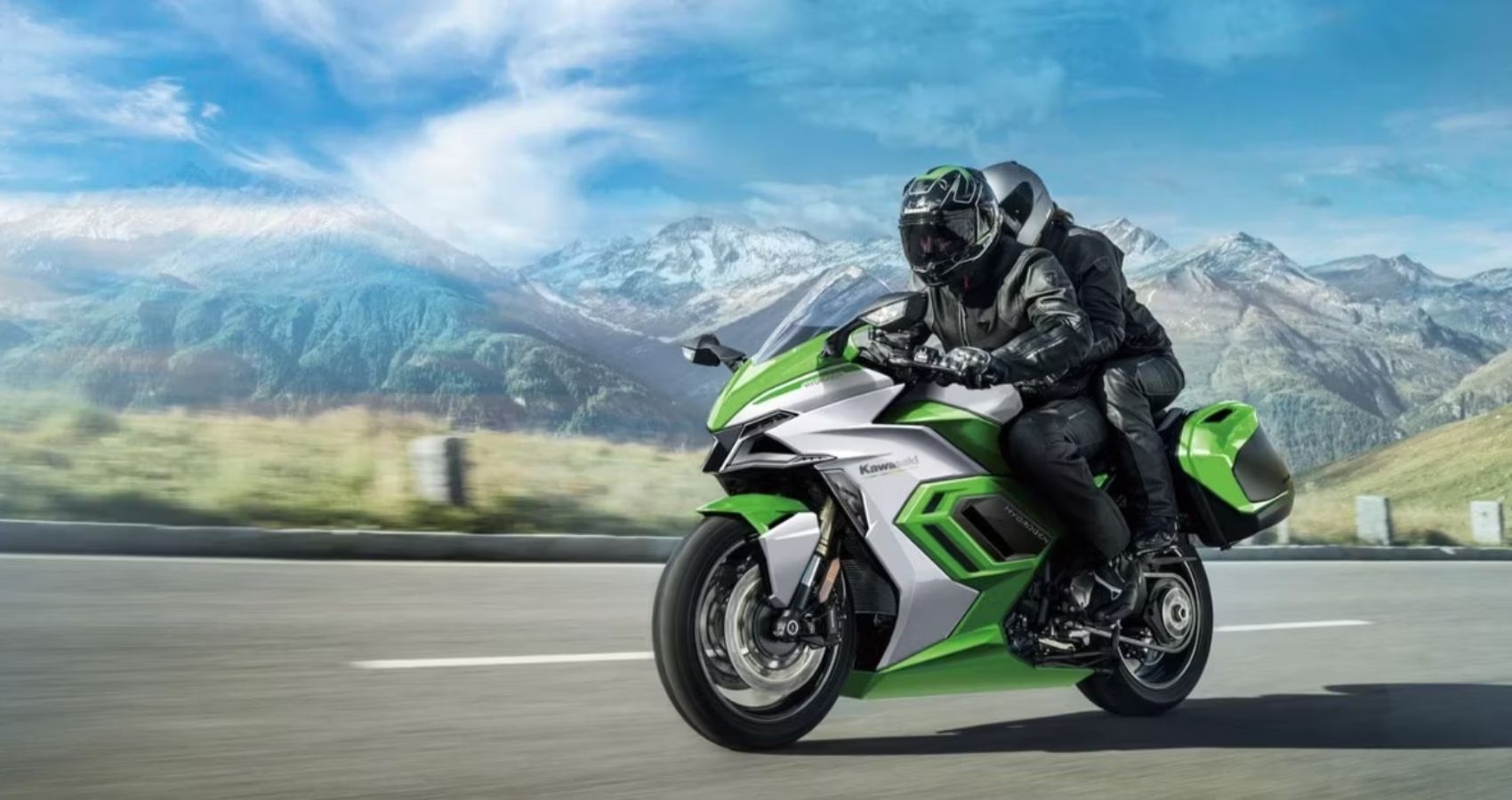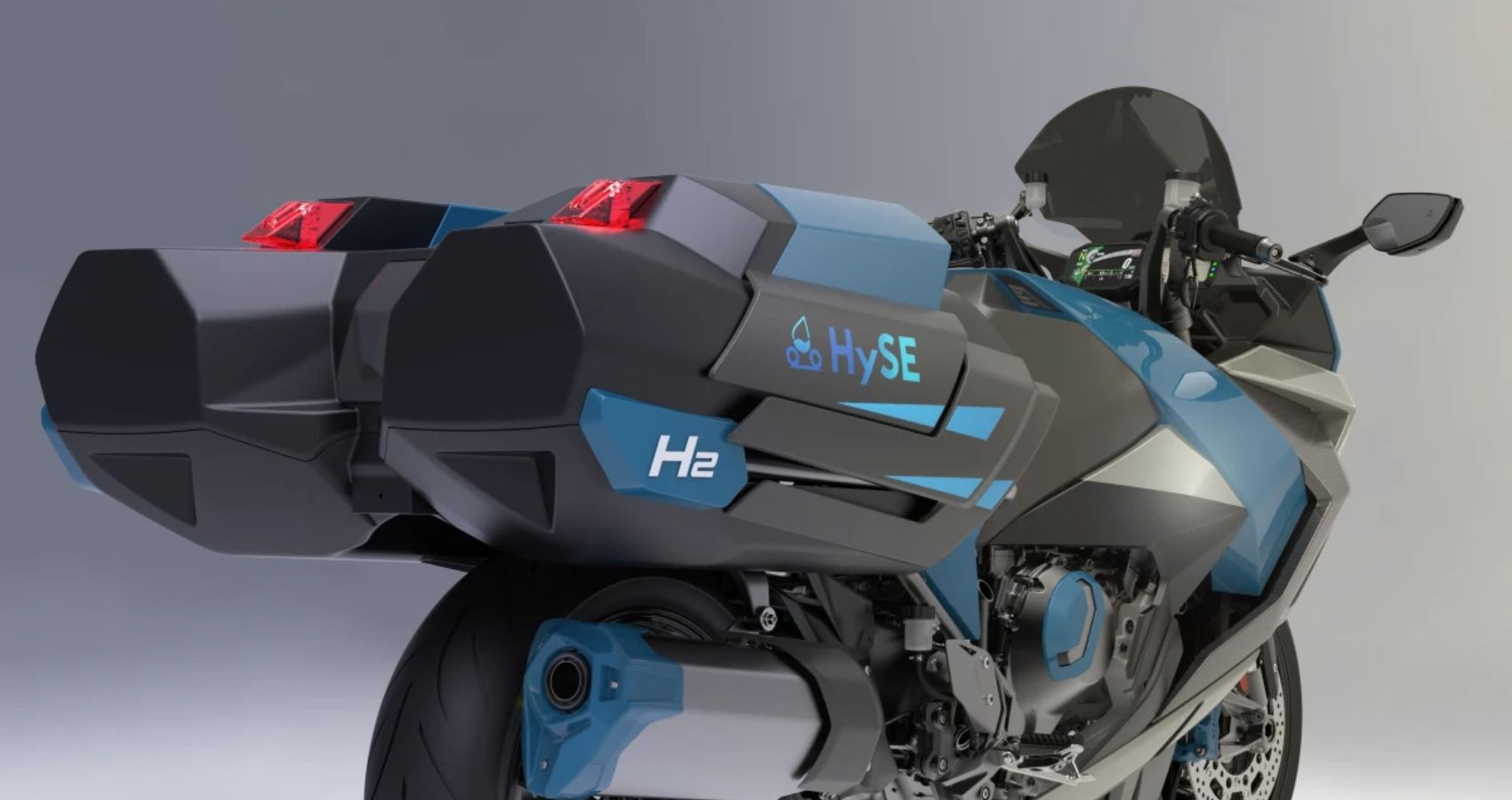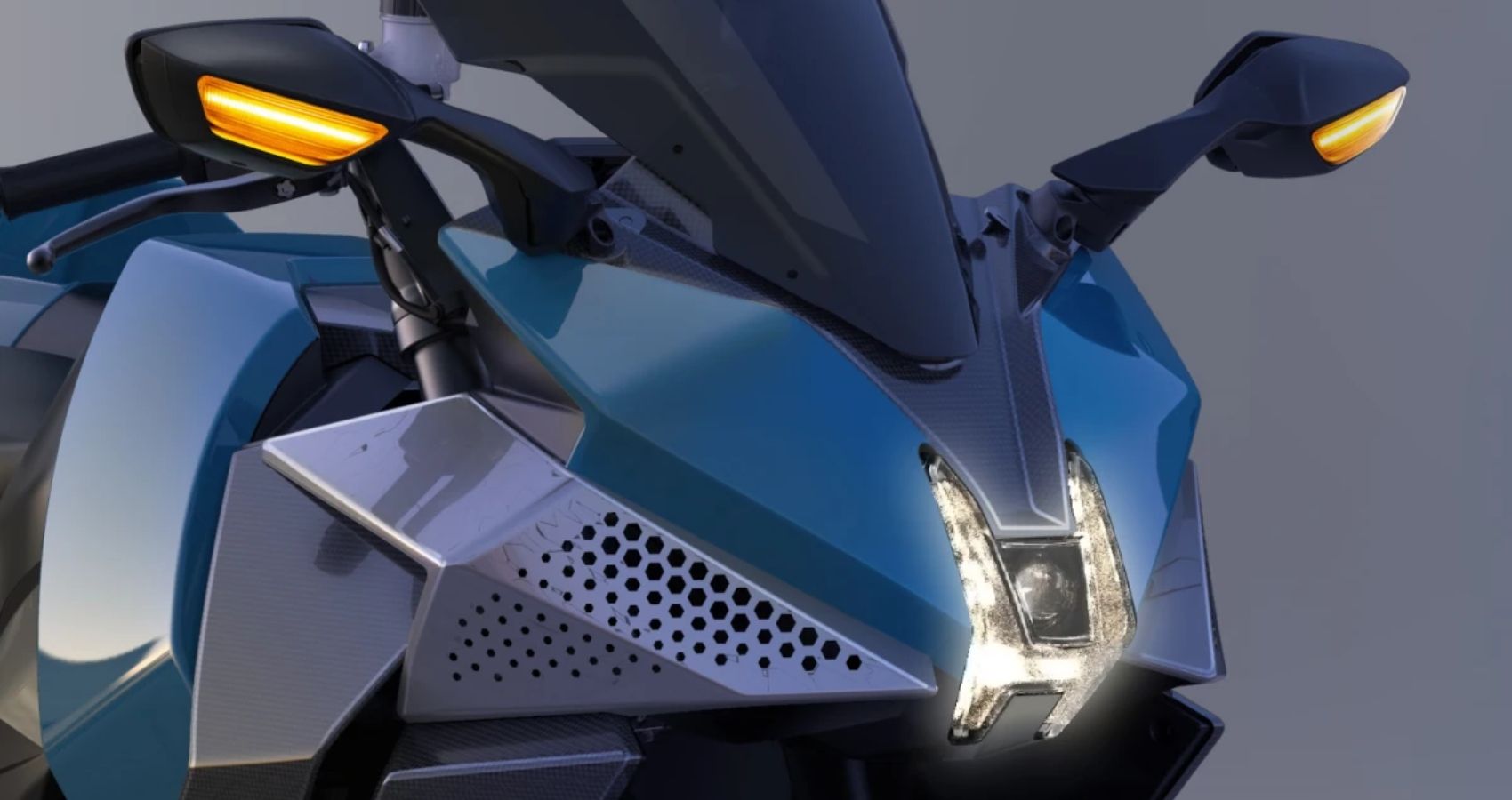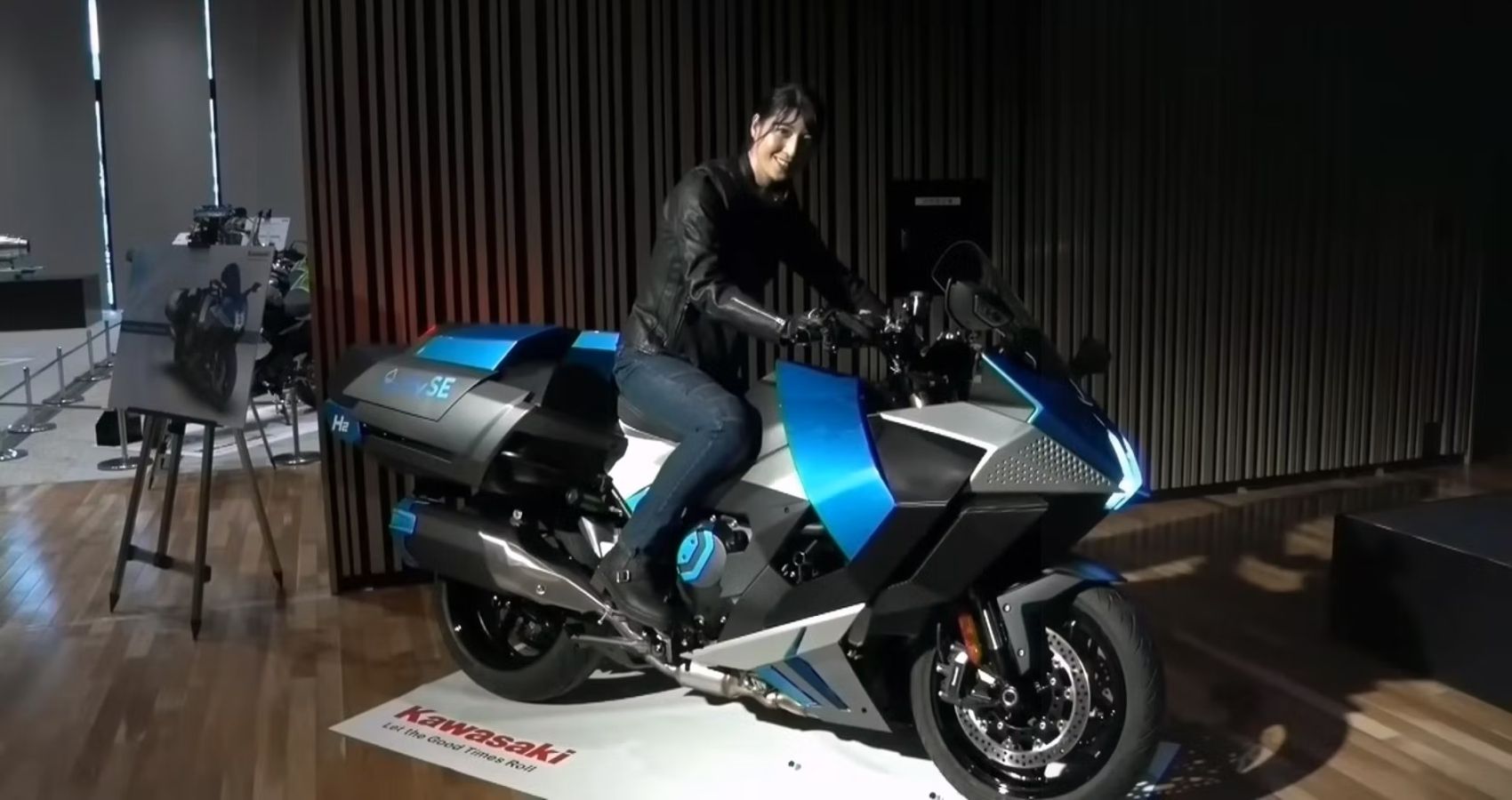In the realm of transportation innovation, the collaborative efforts of industry leaders have forged a path toward a cleaner, more sustainable future.
At the forefront of this movement stands the HySE Consortium, a union of visionary minds from Kawasaki, Yamaha, Honda, Suzuki, and Toyota, dedicated to revolutionizing mobility through the utilization of alternative energy sources.
Central to their endeavor is the groundbreaking Kawasaki H2 HySE, the world’s premier hydrogen motorcycle emblematic of a new era in eco-conscious transportation.
This introduction delves into the genesis, design evolution, technological prowess, and environmental significance of Kawasaki’s pioneering venture into hydrogen-powered motorcycles, illuminating its potential to redefine the landscape of mobility and inspire a greener tomorrow.
1. HySE Consortium Collaboration: The Kawasaki H2 HySE, the world’s first hydrogen motorcycle, is a result of collaboration within the HySE (Hydrogen Small Mobility and Engine Technology) consortium, comprising Kawasaki, Yamaha, Honda, Suzuki, and Toyota.
This consortium aims to revolutionize transportation with vehicles powered by alternative energy sources.
2. Trademarked Project: Kawasaki trademarked the “HySE” title and logo in March 2023 before the consortium’s formation, symbolizing their commitment to hydrogen-powered vehicles.

3. Evolution in Design: Initial sketches of the motorcycle differed significantly from the final prototype showcased at EICMA 2022.
The final design, inspired by the Ninja H2 SX, boasts futuristic aesthetics and features.
4. Hydrogen Storage Solution: Addressing the challenge of storing hydrogen, Kawasaki developed side-mounted storage tanks resembling panniers to house the hydrogen fuel, accentuating the motorcycle’s size.

5. Supercharged Engine: Kawasaki’s hydrogen motorcycle utilizes a supercharged version of its iconic liter-class four-cylinder engine from the Ninja H2 series, offering performance comparable to gasoline engines.
6. Modern Features: The hydrogen-powered Ninja H2 HySE features star-shaped alloy wheels, LED lighting, clip-on handlebars, a full-TFT instrument console, and radar-based ADAS features.

7. Future Derivatives: The HySE consortium’s collaboration extends beyond motorcycles, with potential derivative products from Yamaha, Suzuki, and Honda utilizing similar hydrogen-powered engines.
8. Cleaner Alternative: Emitting only water vapor, Kawasaki’s hydrogen engine offers a cleaner alternative to conventional gasoline engines, utilizing green hydrogen as a renewable energy source.

9. Production Timeline: While the prototype is undergoing testing, Kawasaki plans to unveil the production-spec version in 2030, aligning with its goal of achieving a carbon-zero future.
10. Environmental Impact: The hydrogen motorcycle represents Kawasaki’s commitment to cleaner mobility, offering a potential solution to reduce carbon emissions in the transportation sector.
Kawasaki’s venture into hydrogen-powered motorcycles signifies a significant step towards sustainable mobility, demonstrating the potential for alternative energy sources in the automotive industry.

